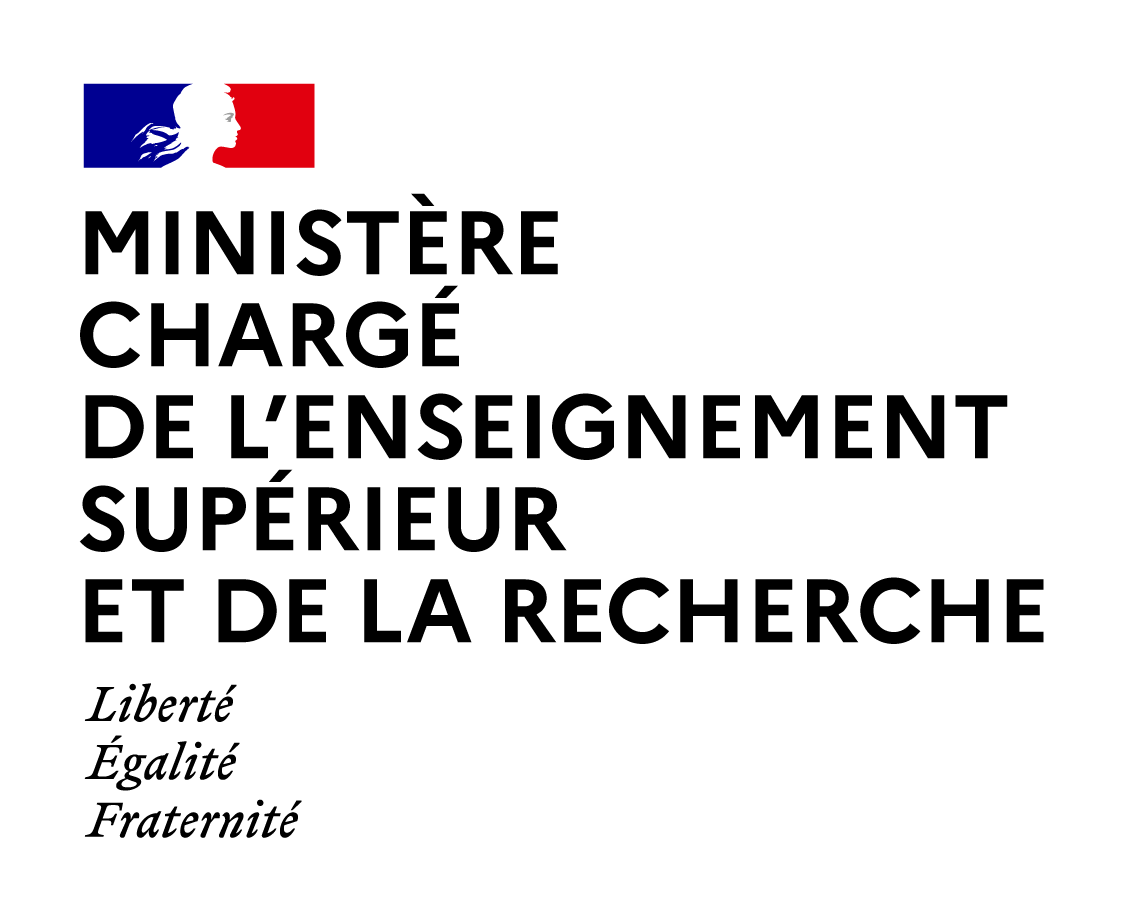
Sommaire
[COLLOQUE] GENTREE Final Conference 27-31 January 2020 séance 31
Date de création :
27.01.2020Présentation
Informations pratiques
Droits réservés à l'éditeur et aux auteurs.
Description de la ressource
Résumé
GENTREE Final Conference : Hernan SERRANO-LEON - European Forest Institute Bordeaux · France GENTREE Final Conference 'Genetics to the rescue - managing forests sustainably in a changing environment' 27-31 January 2020, Avignon, France http://www.gentree-h2020.eu/ Hernan SERRANO-LEON - European Forest Institute Bordeaux · France : The economical potential of investing in breeding forest material: management effects and financial performance at stand level in 4 European study cases Increasing the productivity of planted forests through sustainable intensification of forest management is essential to meet the growing demand for wood and fiber resources and climate change mitigation. One potential management option to address this demands is to invest in improved forest reproductive material. Investment on tree breeding material, in comparison with the use of unimproved forest regeneration material, can enhance forest growth and resources quality while improving tree survival to adverse conditions, resulting on a reduction of the required area for productive land. We analyzed the effects of using genetically improved material in terms of silvicultural management, wood production and economic impact from the perspective of the forest owners. Our research focused on four study cases in Europe with developed breeding programs covering different biogeographical regions and management contexts in Europe: Scots pine (Pinus sylvestris) in Finland, Sweden and Central France, and maritime pine (Pinus pinaster) in French Landes. We considered different genetic scenarios that represent the expected gains at the end of the rotation estimated for the available and new generations of breeding seed orchards material. The growth development of improved stands was simulated by incorporating the reported genetic gains in widely-used forest simulation software assuming standard forest management guidelines. The financial performance was assessed considering a robust sensitivity analysis for different wood price scenarios. Despite large economic differences between cases, the investment in breeding material resulted in a greater financial performance than the unimproved reference material regardless of the study case and considered price scenarios. The level of genetic gain had a high impact on the financial performance, with higher profitability when using material from the new breeding generations. This is due to the higher productivity or earlier incomes from using improved material, as well as its negligible extra seedling cost. In addition to the higher profitability, a higher financial stability against the price fluctuations in comparison with using unimproved material can be especially important to reduce the economic impact of unexpected changes in global wood markets. The financial possibility to reduce rotation ages also allows a more flexible silvicultural response to reduce the risk of natural disasters, and adapt to uncertain future climatic and socioeconomic conditions, as well as profiting earlier from the new breeding generations with improved genetic gains or adaptation. Further economic research considering the performance of current genetic material under future climate and the economic trade-offs with multiple breeding objectives can encourage the forest sector to invest in innovative forest genetic resources for a sustainable management intensification.
"Domaine(s)" et indice(s) Dewey
- SCIENCES nature - Botanique Arbres, Arbustes, Plantes grimpantes (580.16)
Domaine(s)
- 580.16
Document(s) annexe(s)
- Cette ressource fait partie de
Fiche technique
- LOMv1.0
- LOMFRv1.0
- Voir la fiche XML



